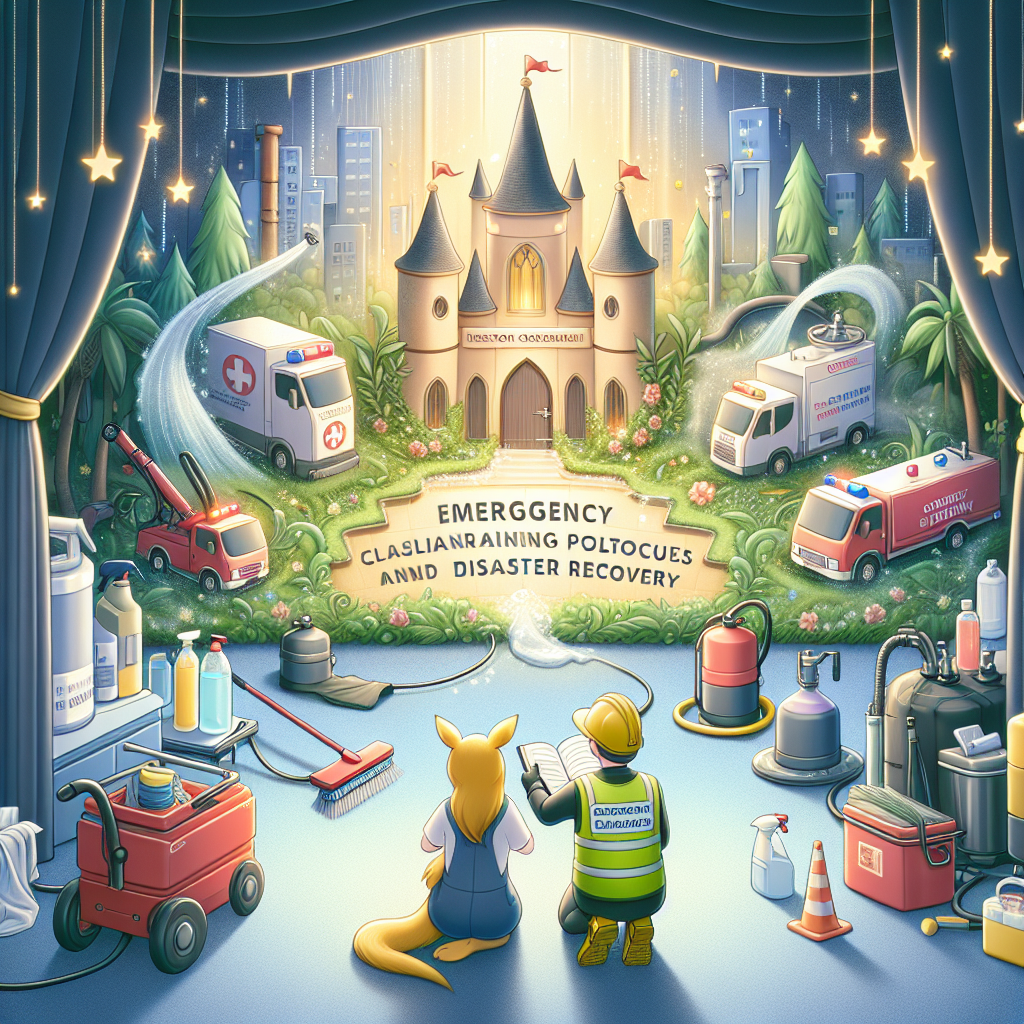Emergency cleaning situations can be intense and challenging, requiring a different approach than routine cleaning tasks. When faced with an urgent cleaning need, you must act swiftly and efficiently to restore spaces to their pre-damage condition. Understanding the unique aspects of emergency cleaning and knowing how to handle it can make all the difference in achieving successful outcomes.
Why Emergency Cleaning Is Different
Emergency cleaning stands out from regular cleaning due to the unexpected nature of the situations you'll encounter. Whether it's water damage, fire damage, or other emergencies, these scenarios demand immediate attention and specialized techniques to mitigate further harm.
Tip: In emergency cleaning, prioritizing safety is crucial. Before starting any cleanup, assess the risks and ensure that the area is safe to enter.
How to Handle Emergency Cleaning Effectively
- Quick Response: Prompt action is key in emergency cleaning. The longer you wait, the more extensive the damage can become.
- Assessment: Evaluate the extent of the damage to determine the appropriate cleaning methods and resources needed.
- Protective Gear: Always wear personal protective equipment, such as gloves, masks, and goggles, to ensure your safety during cleanup.
- Proper Ventilation: Adequate airflow is essential to prevent mold growth and improve indoor air quality.
Expert Tip: Utilize professional-grade cleaning products and equipment designed for emergency cleanup tasks. These specialized tools can enhance the efficiency and effectiveness of your work.
The Importance of Thoroughness in Emergency Cleaning
Thoroughness is paramount when dealing with emergency cleaning. Ensuring that no area is overlooked and that all traces of damage are addressed can prevent future issues and provide peace of mind to those affected by the emergency.
Tip: Document the cleaning process with photographs and detailed notes. This documentation can be valuable for insurance claims and future reference.
Conclusion
Emergency cleaning requires a proactive and methodical approach to deliver effective results. By understanding the unique challenges of emergency situations and following best practices, you can navigate these scenarios with confidence and professionalism.



